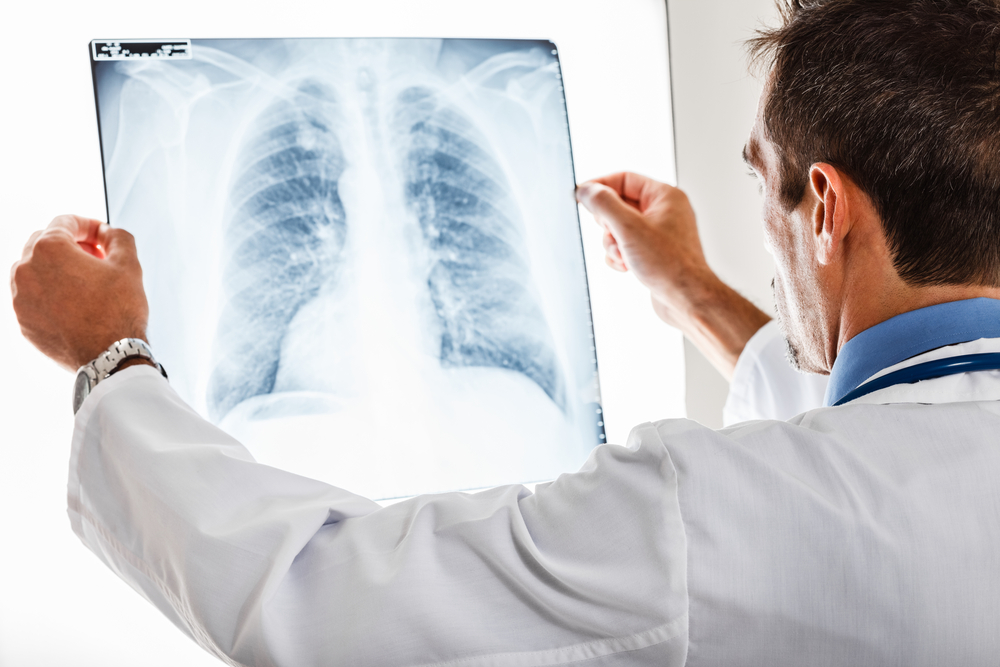Hypersensitivity pneumonitis (HP) is an inflammation of the lung, usually of the very small airways. It is caused by the body’s immune reaction to small air-borne particles. These particles can be bacteria, mold, fungi, or even inorganic matter.

Hypersensitivity pneumonitis (HP) is an inflammation of the lung, usually of the very small airways. It is caused by the body’s immune reaction to small air-borne particles. These particles can be bacteria, mold, fungi, or even inorganic matter.
Hypersensitivity pneumonitis can either be acute or chronic.
Symptoms of acute hypersensitivity pneumonitis include:
Symptoms of chronic hypersensitivity pneumonitis include:
DIAGNOSIS
Many people with episodes of hypersensitivity pneumonitis are probably unrecognized and undiagnosed. Some cases believed to be viral pneumonias may actually be hypersensitivity pneumonitis. The patient’s history of repeated episodes of typical symptoms, hours after exposure to certain environments are important in establishing the diagnosis.
Diagnosis may include:
The interpretation of these tests is complicated, and is best performed by a doctor experienced in hypersensitivity pneumonitis, often with the help of a pathologist experienced in lung diseases.
TREATMENT
The most important treatment of hypersensitivity pneumonitis is avoidance of repeated exposures to the offending particles. With early diagnosis and prevention, the prognosis is good. Prolonged, repeated exposures can lead to permanent lung damage, scarring, and potentially significant disability.
Overview and FactsTypes and SymptomsDiagnosis & MedicationsOverview and Facts Tetralogy of Fallot is a congenital heart defect that affects the [...]
Overview and FactsTypes and SymptomsDiagnosis & MedicationsOverview and Facts Trichinosis, also known as trichinellosis, is a parasitic infection caused by [...]
Overview and FactsTypes and SymptomsDiagnosis & MedicationsOverview and Facts Trigeminal neuralgia is a neurological condition characterized by severe facial pain. [...]